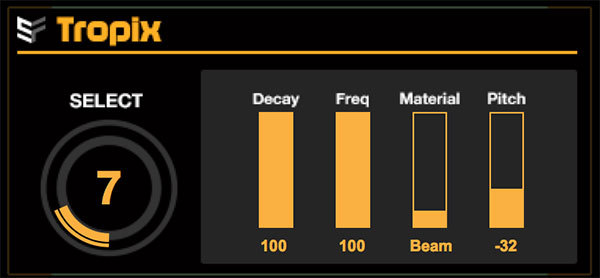
We’re starting with fine art, but this is just the beginning.” We are building a tool that will serve as a registry to galleries and even Ecad, aiding in better controlling of their assets and resources. “NFTs empower holders with a variety of assets. “During our seed round we’ve managed to land important players who will be fundamental parts of our journey,” says Daniel Peres Chor, founder of Tropix. Tropix currently runs 20 galleries in Brazil, including Zipper, Verve, and Leme, and has 250 launches planned featuring Brazilian artists Toz, Vini Naso, Walter Goldfarb, Gustavo Von Ha, Giselle Beiguelman, Guerreiro do Divino Amor and Eduardo Kac. This investment comes two months after Tropix made its debut in crypto art with more than 70 pieces by Brazilian artists sold to local and international collectors from countries such as the United States, the Netherlands, Mexico and Hong Kong. The number of NFT wallets has also increased, from 40,000 active wallets in the first quarter of 2020 to more than 170,000 during the second quarter of 2021. Mago Capital also participated.Īccording to the DappRadar report, NFT sales hit a new record by totalling $10.7 billion in sales in this year’s third quarter, an eightfold increase over the previous quarter. This round was led by 2TM, the parent company of Mercado Bitcoin, a Latin American cryptocurrency and digital asset exchange. Part 5 - Advanced Lighting, we focus on creating specific lighting techniques and how to set-up your final render.Digital art NFT marketplace Tropix today announced a $2 million seed round that will be used to build a better solution for NFTs, grow its marketing operations and research and development, and expand its gallery portfolio. These tools are the cornerstone of any Clarisse workflow.

Part 4 - Procedural Layout, we teach you about using the procedural layout tools in Clarisse to create very complex layouts in very little time. Part 3 - Lighting Basics, we explore Clarisse’s Progressively Rendered 3D View, and start to really discover the power of lighting and look development in Clarisse. You'll also learn about how to leverage the powerful instancing workflows in Clarisse to keep your build flexible and non destructive.

Part 2 - Layout, we show you how to produce the basics of your scene using bespoke placement of your assets with tools like Clone Stamp. This is an overview of the most basic requirements for producing your very first scene in Clarisse. Part 1 - Fundamentals, we teach you the very basics of Clarisse and its uniquely powerful context workflow. By the end of it, you’ll have the knowledge to create massive scenes of your own.

In this in-depth 5 part series, Technical Artist Eric Smith, takes you through all the most important aspects of Clarisse. It's time to start your journey into Clarisse.


 0 kommentar(er)
0 kommentar(er)
